2 Inch×3 Inch PVC Reducing Socket
Table of Contents
- Introduction
- Product Overview
- Dimensions and Specifications
- Material Composition
- Color and Finish
- Design Features
- Socket Design
- Threaded vs. Non-Threaded Options
- Applications and Uses
- Residential Applications
- Commercial Applications
- Industrial Applications
- Benefits of PVC Reducing Sockets
- Durability and Longevity
- Corrosion Resistance
- Cost-Effectiveness
- Installation Instructions
- Tools Required
- Step-by-Step Installation
- Maintenance and Care
- Safety Considerations
- Conclusion
- FAQs
1. Introduction
The 2 Inch × 3 Inch PVC Reducing Socket is an essential component in plumbing and piping systems, providing a reliable solution for connecting pipes of different diameters. This reducing socket is crafted from durable PVC material, offering a range of benefits that make it ideal for various applications. In this guide, we’ll delve into the features, benefits, and applications of this versatile fitting, providing you with a thorough understanding of its role in modern piping systems.
2. Product Overview
Dimensions and Specifications
The 2 Inch × 3 Inch PVC Reducing Socket is designed to connect pipes with diameters of 2 inches and 3 inches. The reducing socket has an outer diameter of 3 inches and an inner diameter of 2 inches, allowing for a smooth transition between two differently sized pipes. Its design ensures a secure fit, minimizing leaks and ensuring a tight seal.
Material Composition
This reducing socket is made from high-quality polyvinyl chloride (PVC), a material known for its strength and durability. PVC is a type of plastic that is resistant to impact, abrasion, and many chemicals, making it an excellent choice for plumbing and piping systems.
Color and Finish
Typically, the reducing socket comes in a standard white or gray color, which blends well with most plumbing systems. The surface finish is smooth, which helps in creating a tight seal and facilitates easy installation.
3. Design Features
Socket Design
The reducing socket features a simple yet effective design that allows for a seamless transition between pipes of different diameters. The interior of the socket is tapered, which helps guide the pipe into place and ensures a snug fit.
Threaded vs. Non-Threaded Options
While many PVC reducing sockets are designed to be glued into place using PVC cement, some options may include threaded ends for a screw-on connection. Threaded sockets provide the added benefit of allowing for disassembly, making them useful in applications where pipes may need to be regularly disconnected and reconnected.
4. Applications and Uses
Residential Applications
In residential settings, the 2 Inch × 3 Inch PVC Reducing Socket is commonly used in plumbing systems for water supply lines, drainage systems, and irrigation systems. It helps in connecting pipes of different sizes, facilitating smooth water flow and efficient system performance.
Commercial Applications
For commercial use, this reducing socket is essential in maintaining complex plumbing systems found in office buildings, shopping centers, and industrial facilities. Its robust design ensures reliable performance under varying pressure conditions and is suitable for use in both hot and cold water systems.
Industrial Applications
In industrial environments, the reducing socket is used in a variety of applications including chemical processing, wastewater treatment, and manufacturing processes. Its resistance to chemicals and high pressures makes it a dependable choice for critical operations.
5. Benefits of PVC Reducing Sockets
Durability and Longevity
PVC reducing sockets are known for their long service life. The PVC material is resistant to rust and corrosion, which extends the lifespan of the fitting and reduces the need for frequent replacements.
Corrosion Resistance
Unlike metal fittings, PVC does not corrode when exposed to moisture or chemicals. This characteristic makes it ideal for use in environments where exposure to corrosive substances is a concern.
Cost-Effectiveness
PVC is generally less expensive than metal alternatives, offering a cost-effective solution for plumbing and piping needs without sacrificing quality or performance.
6. Installation Instructions
Tools Required
- PVC pipe cutter or saw
- PVC primer
- PVC cement
- Cleaning cloth
Step-by-Step Installation
- Preparation: Ensure that both pipes are clean and free from debris. Use a pipe cutter to make clean cuts on the pipe ends.
- Apply Primer: Apply PVC primer to the outside of the smaller pipe and the inside of the reducing socket. This helps in softening the PVC and preparing it for a strong bond.
- Apply Cement: Apply PVC cement to the same areas where the primer was applied.
- Insert Pipe: Quickly insert the smaller pipe into the reducing socket, ensuring it is fully seated.
- Hold in Place: Hold the pipe in place for a few seconds to allow the cement to set.
- Allow to Cure: Allow the connection to cure as per the manufacturer’s instructions before applying pressure or flow.
7. Maintenance and Care
PVC reducing sockets require minimal maintenance. Regularly check for any signs of leaks or damage. If any issues are detected, address them promptly to prevent further damage.
8. Safety Considerations
When installing PVC fittings, always wear appropriate safety gear, such as gloves and safety glasses. Ensure that the work area is well-ventilated when using PVC cement to avoid inhaling fumes.
9. Conclusion
The 2 Inch × 3 Inch PVC Reducing Socket is a versatile and durable component essential for connecting pipes of different sizes in various applications. Its ease of installation, corrosion resistance, and cost-effectiveness make it a popular choice for both residential and industrial plumbing systems. By understanding its features and proper installation procedures, you can ensure a reliable and long-lasting connection in your piping system.
10. FAQs
Q: Can the 2 Inch × 3 Inch PVC Reducing Socket be used for hot water applications? A: Yes, PVC reducing sockets can be used for hot water applications, but ensure the temperature does not exceed the material’s temperature tolerance.
Q: How do I remove a PVC reducing socket if needed? A: To remove a PVC reducing socket, you may need to cut the pipes and replace the fitting. PVC fittings are typically permanent once cemented.
Q: Is it necessary to use PVC primer before applying cement? A: Yes, using PVC primer helps to prepare the surfaces for a stronger bond and ensures a more secure connection.
Q: Can I use the reducing socket with metal pipes? A: No, PVC reducing sockets are designed for use with PVC pipes. For metal pipes, you would need a different type of fitting designed for metal connections.












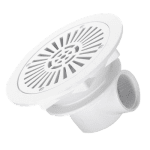











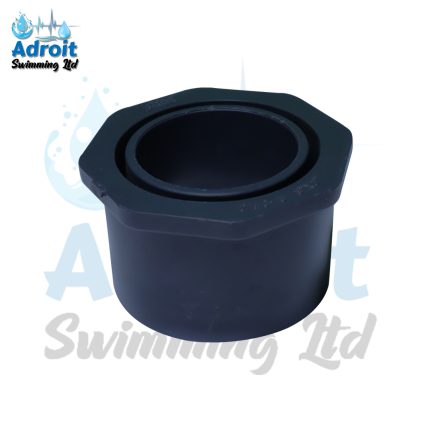

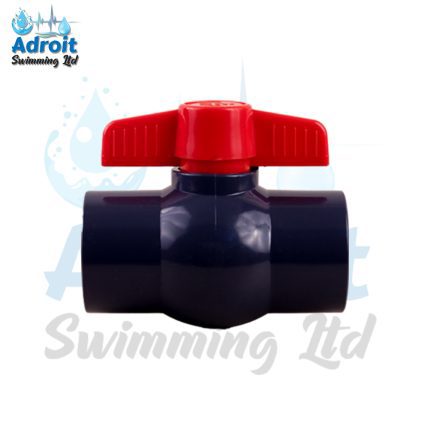
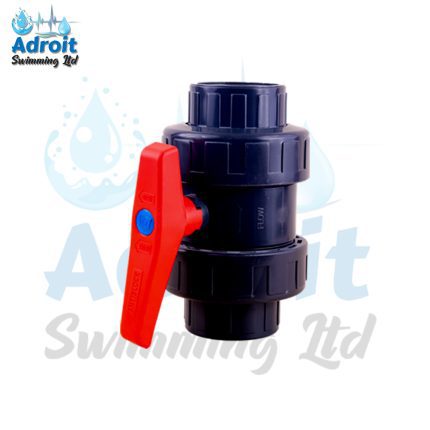

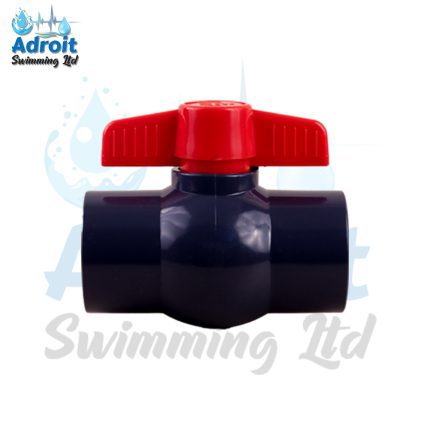
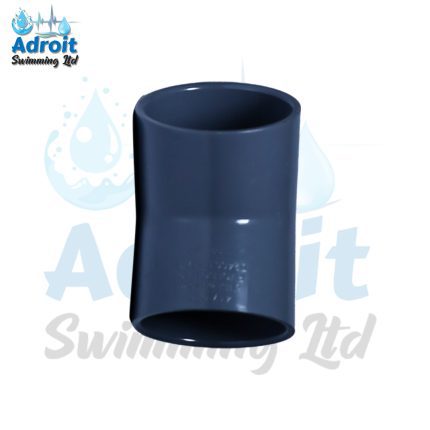



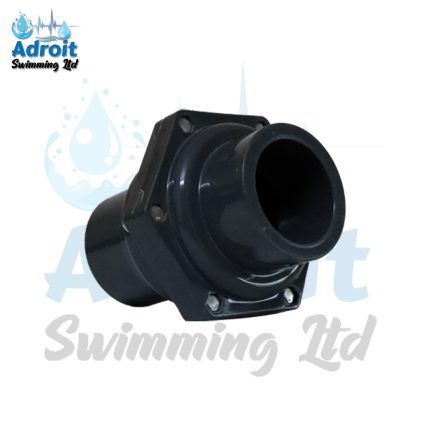

Reviews
There are no reviews yet.